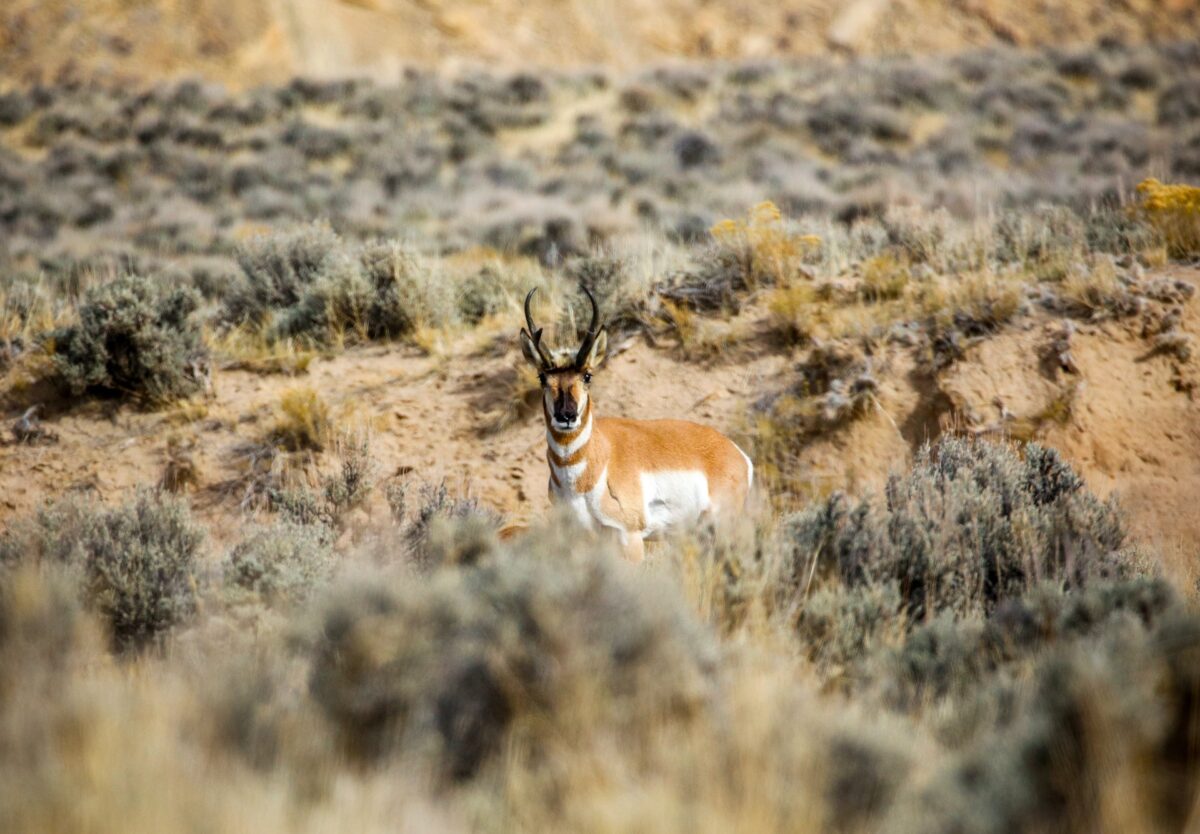I had to pick up a copy of American Serengeti: The Last Animals of the Great Plains after reading Coyote America and hearing Dan Flores interviewed by Steven Rinella on The MeatEater Podcast. The book did not disappoint, and it’s easy to see why Flores went on to become a bestselling author with books like Coyote America and his newest, Wild New World, which came out in 2022. American Serengeti is short, easy to read, and fascinating. It details the history of six big animals who once thrived on the American Great Plains. If you haven’t already, I can’t recommend reading the book enough. It’s full of interesting facts from the history of the west – and one small example is that of John James Audubon’s hilarious method of attracting pronghorn.
In 1843, not long after he published his masterpiece, The Birds of America, John James Audubon found himself on the Great Plains, working on a book that would catalog The Mammals of North America in the same fashion as The Birds of America. While on that expedition, Audubon came across pronghorn – a species that had already developed a reputation for fascinating anyone who encountered it.
With its impressive speed and curious behavior, the pronghorn caught Audubon’s attention, who decided to test out their rumored curiosity with a unique (and humorous) technique for attracting one into range. In his own words, Audubon’s hilarious method for attracting pronghorn went as follows:
I lay on my back and threw my legs up, kicking first one and then the other foot, and sure enough the antelope walked towards us.”
It’s hard to picture a cerebral naturalist the likes of John James Audubon lying on his back and kicking his feet up one leg a time like riding a bicycle to lure in a pronghorn. Whether he heard about this technique from someone else or made it up himself on the spot, is unknown. What’s known – at least from his own account – is that it worked. As Flores wrote, Audubon, “lured a ‘superb male’ pronghorn from 300 yards out to less than 60 yards.”
Why Audubon’s hilarious method to attract pronghorn never caught on is lost to history, but you’re welcome to try it on your next hunt. And before you go, pick up a copy of American Serengeti so you can envision the North American pronghorn as it was seen by John James Audubon himself and learn more about a species that is unique to America and the sole remaining survivor of an entire family of animals.
